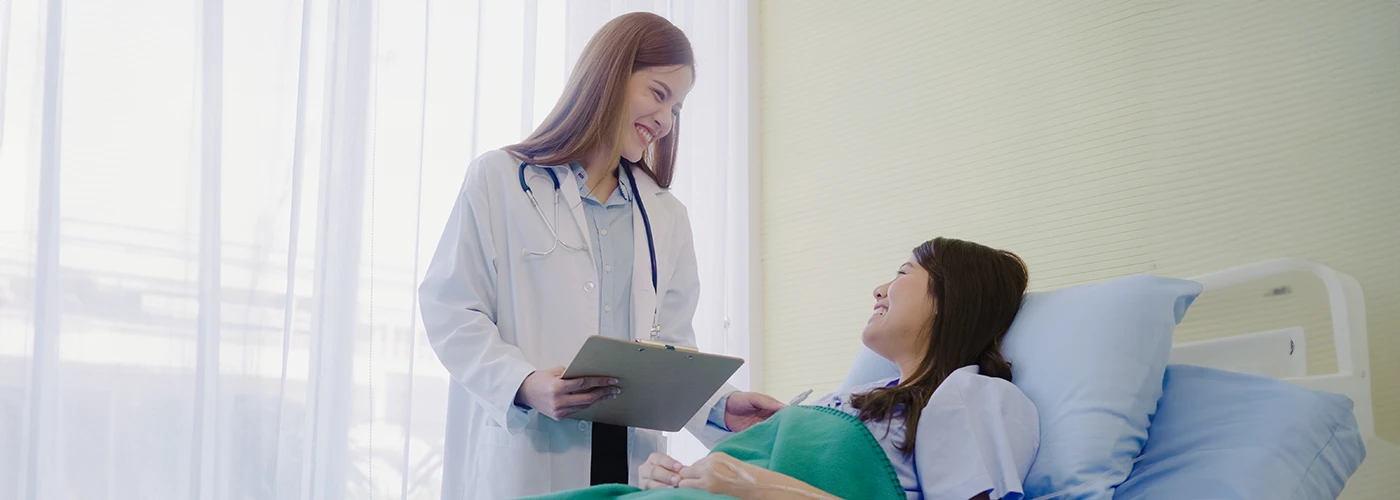
Ever wondered how doctors diagnose and treat problems in the bile ducts and pancreas? At Pantai Hospital Ampang, we offer ERCP, a unique procedure that combines imaging and treatment for these delicate structures. Dr Falah Akmal Zainal Ulum, Consultant General Surgeon with interest in hepatobiliary diseases sheds light on this procedure.
What is ERCP?
ERCP stands for Endoscopic Retrograde Cholangiopancreatography. Here's a breakdown of this term:
Endoscopic: Uses a thin, flexible tube with a camera (endoscope) to see inside your body.
Retrograde: Inject contrast dye in a "backward" direction into your bile ducts and pancreatic duct.
Cholangiopancreatography: X-ray images of these ducts filled with dye for a clearer view.
Who needs this procedure?
Our specialist may recommend ERCP if you experience symptoms like unexplained upper abdominal pain or signs of blocked bile flow (jaundice). After taking history of your symptoms and thorough examination, a non-invasive diagnostic imaging procedure such as ultrasound, CT scan or MRI will be done to diagnose your problem and ERCP will be used to treat various biliary and pancreatic conditions, including:
How does ERCP work?
ERCP combines two technologies:
Endoscopy: Allows our doctors to see the opening of the bile and pancreatic ducts in your small
intestine using a scope through your mouth. So, there will be no surgical scar!
Fluoroscopy: Uses a special X-ray machine that takes real-time moving pictures as the contrast dye flows
through your ducts.
During the procedure:
What to expect after ERCP?

Things to know about ERCP at Pantai Hospital Ampang

What if you are pregnant?
If you are pregnant or think you might be, it's important to tell your doctor before scheduling an ERCP. While the amount of radiation used during fluoroscopy in ERCP is generally considered low, any radiation exposure during pregnancy should be avoided if possible.
Your doctor will discuss the potential risks and benefits of ERCP with you in detail and may explore alternative diagnostic options that don't involve radiation. However, if ERCP is deemed necessary, they will take steps to minimise radiation exposure to the fetus.
ERCP vs. Gastroscopy
ERCP is a more advanced endoscopic procedure. A regular gastroscopy only examines your upper digestive tract. ERCP uses a special attachment to reach and visualize the bile and pancreatic duct, allowing for treatment if needed.
Reach out to Pantai Hospital Ampang
ERCP is a valuable tool for treating bile duct and pancreatic issues. It may seem complex, but it offers a minimally invasive approach compared to traditional surgery. Talk to us at Pantai Hospital Ampang if you have any questions about ERCP or experience symptoms that may warrant this procedure.

